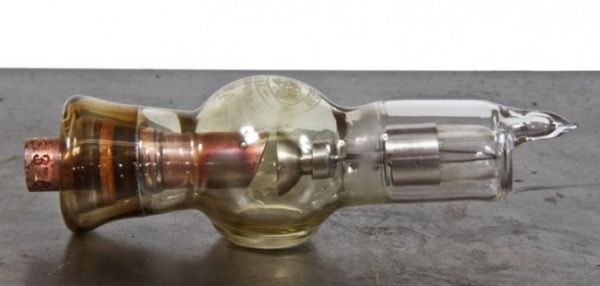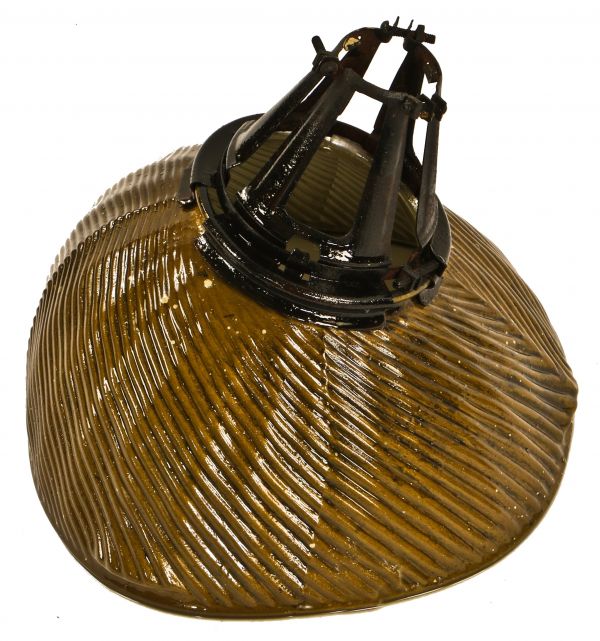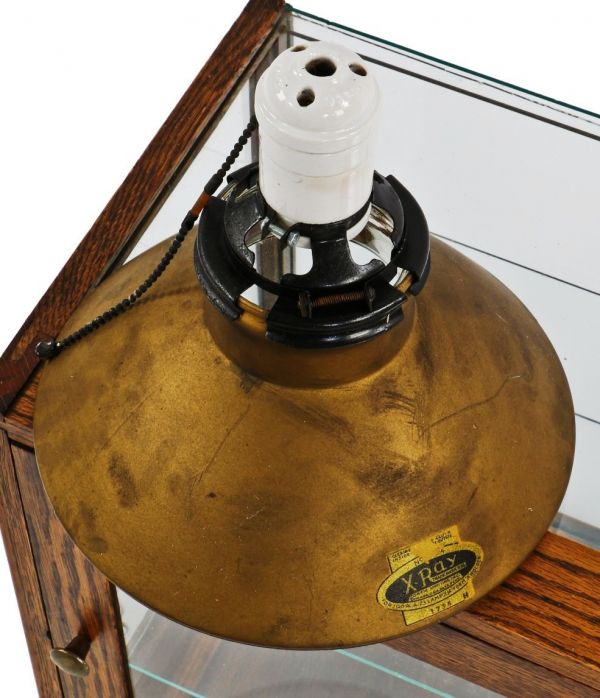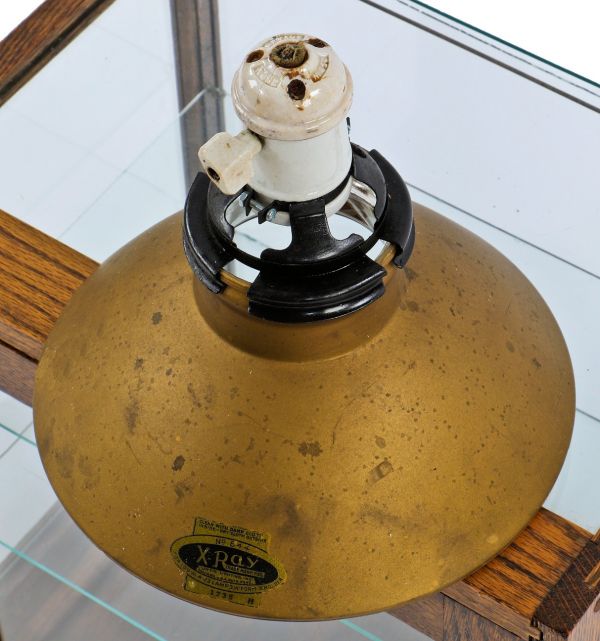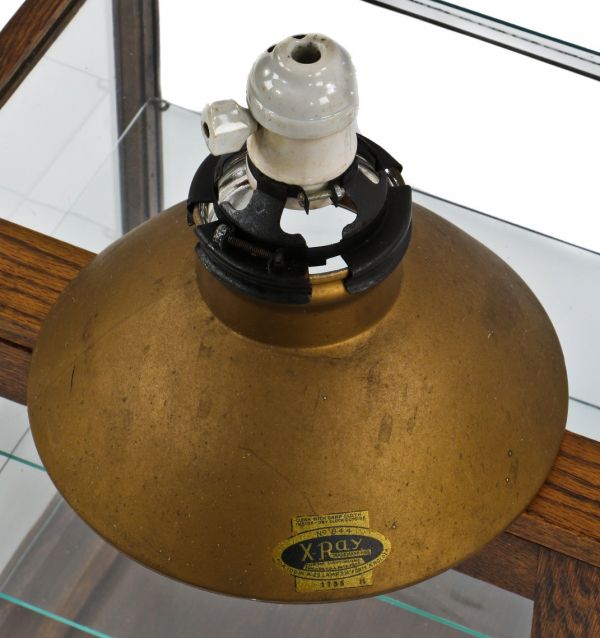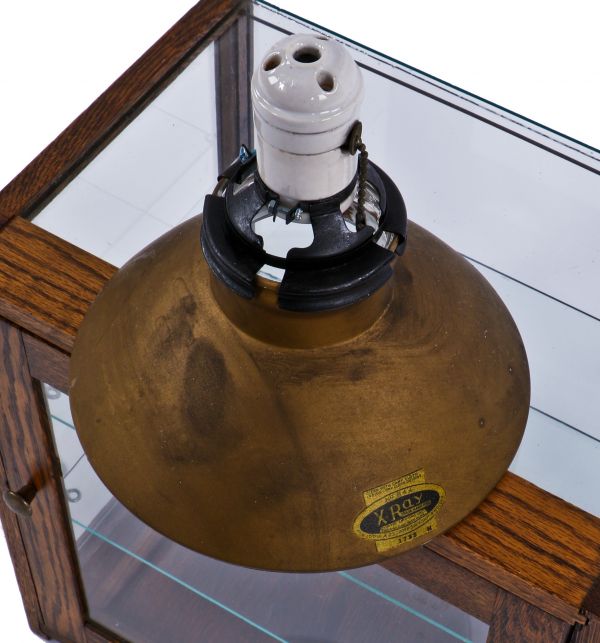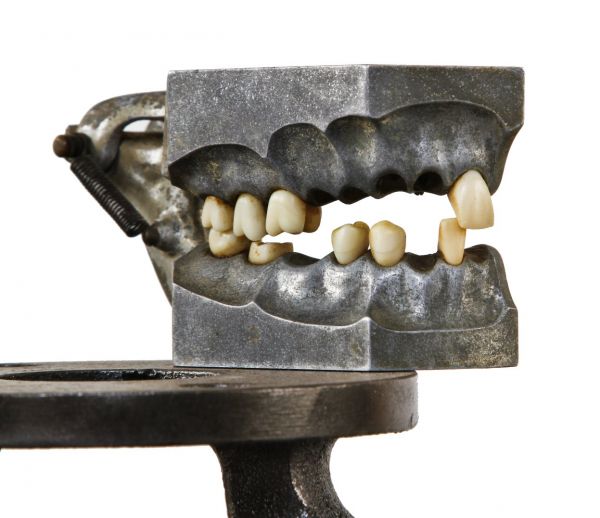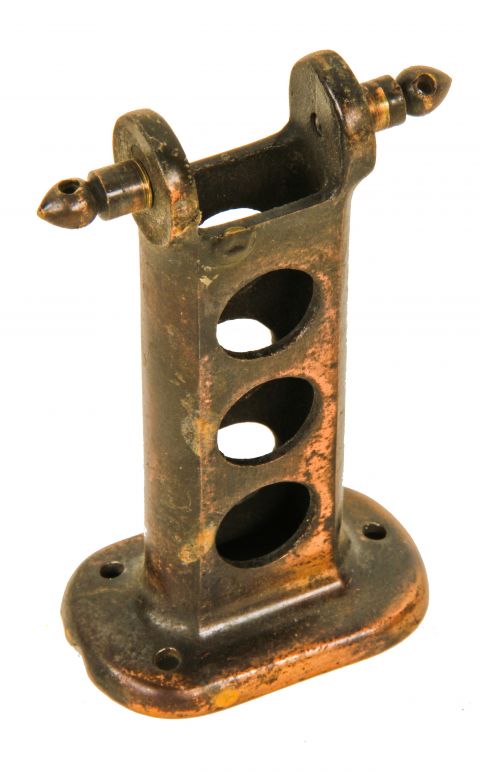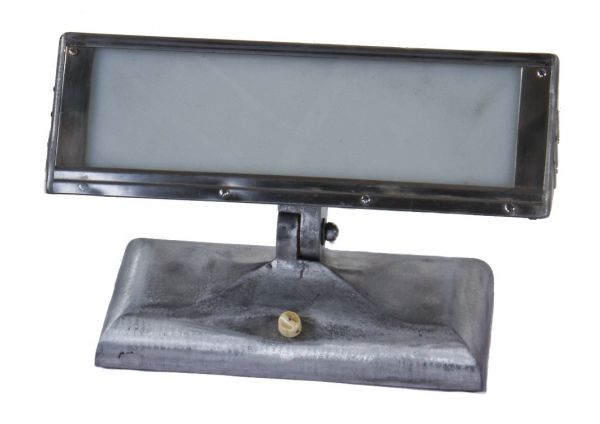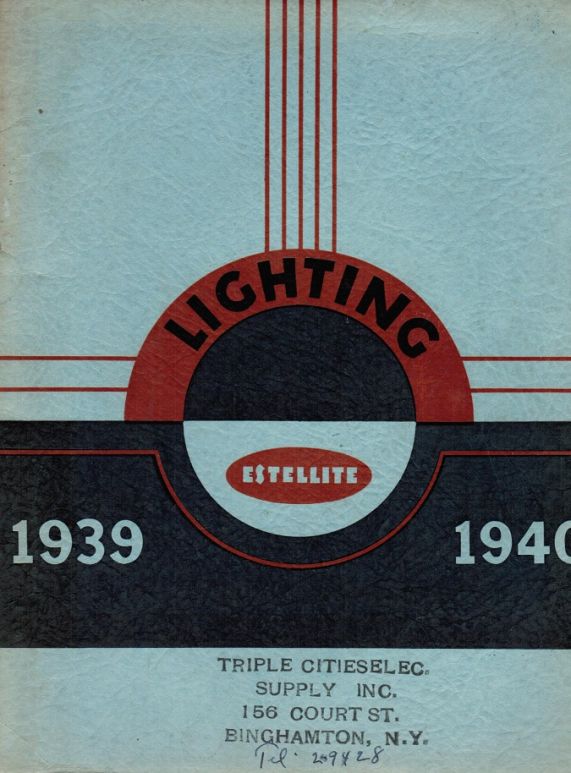late 1920's hard to find antique american industrial diminutive medical "victor" portable dental x-ray machine cylindrical glass coolidge tube
SOLD
Out of stock
SKU
UR-24270-16
victor x-ray corporation, chicago, ills.
original and largely intact late 1920's vintage medical x-ray "victor" coolidge tube removed from a portable wall-mount dental x-ray device. the cylindrical tube is comprised of pyrex glass; a more popular alternative, because it is a good insulator, it is vacuum tight, it has a relatively high melting point, it does not seriously attenuate the x-rays, and it can be fabricated into a wide range of shapes. the tungsten anode was commonly used as the target material because it has a high atomic number which increases the intensity of the x-rays, and because it has a sufficiently high melting point. the cathode incorporates a wound tungsten filament that emits electrons when heated. the amber color was caused by the absorption of radiation energy or the deposition of tungsten on the inside surface of the glass. the absorption of x-ray energy by electrons in the glass promotes them to a higher energy state (the conduction band). the now mobile electrons move to positively charged impurities in the glass where they become trapped. since these trapped electrons are at a higher energy level than they were prior to the exposure to radiation, the absorption spectrum and the color of the glass is affected. the resulting color depends on the type of the impurities. the coolidge x-ray tube was first invented in 1913 by william coolidge. the characteristic features of the coolidge tube are its high vacuum and its use of a heated filament as the source of electrons. in the coolidge tube, the electrons are produced by thermionic effect from a tungsten filament heated by an electric current. the filament is the cathode of the tube. the high voltage potential is between the cathode and the anode, the electrons are thus accelerated, and then hit the anode. when the electrons strike the anode, the electrons change direction, emitting "bremsstrahlung", (i.e., x-rays with a continuous range of energies). the maximum energy of the x-rays is the same as the kinetic energy of the electrons striking the anode. the key advantages of the coolidge tube are its stability, and the fact that the intensity and energy of the x-rays can be controlled independently. increasing the current to the cathode increases its temperature. this increases the number of electrons emitted by the cathode, and as a result, the intensity of the x-rays. increasing the high voltage potential difference between the anode and the cathode increases the velocity of the electrons striking the anode, and this increases the energy of the emitted x-rays. the tube was carefully extracted from a fully enclosed "shock-proof" steel contraption filled with coolant. the first completely shock-proof x-ray system was a dental x-ray unit developed in 1921 by william coolidge. the high voltage system and tube were submerged in a grounded metal tank filled with oil. immersing the tube in oil not only improved cooling, it reduced the potential for leakage current across the tube surface. light etched manufacturer markings evident.
You Might Also Like
WORDLWIDE SHIPPING
If required, please contact an Urban Remains sales associate.
NEW PRODUCTS DAILY
Check back daily as we are constantly adding new products.
PREMIUM SUPPORT
We're here to help answer any question. Contact us anytime!
SALES & PROMOTIONS
Join our newsletter to get the latest information

